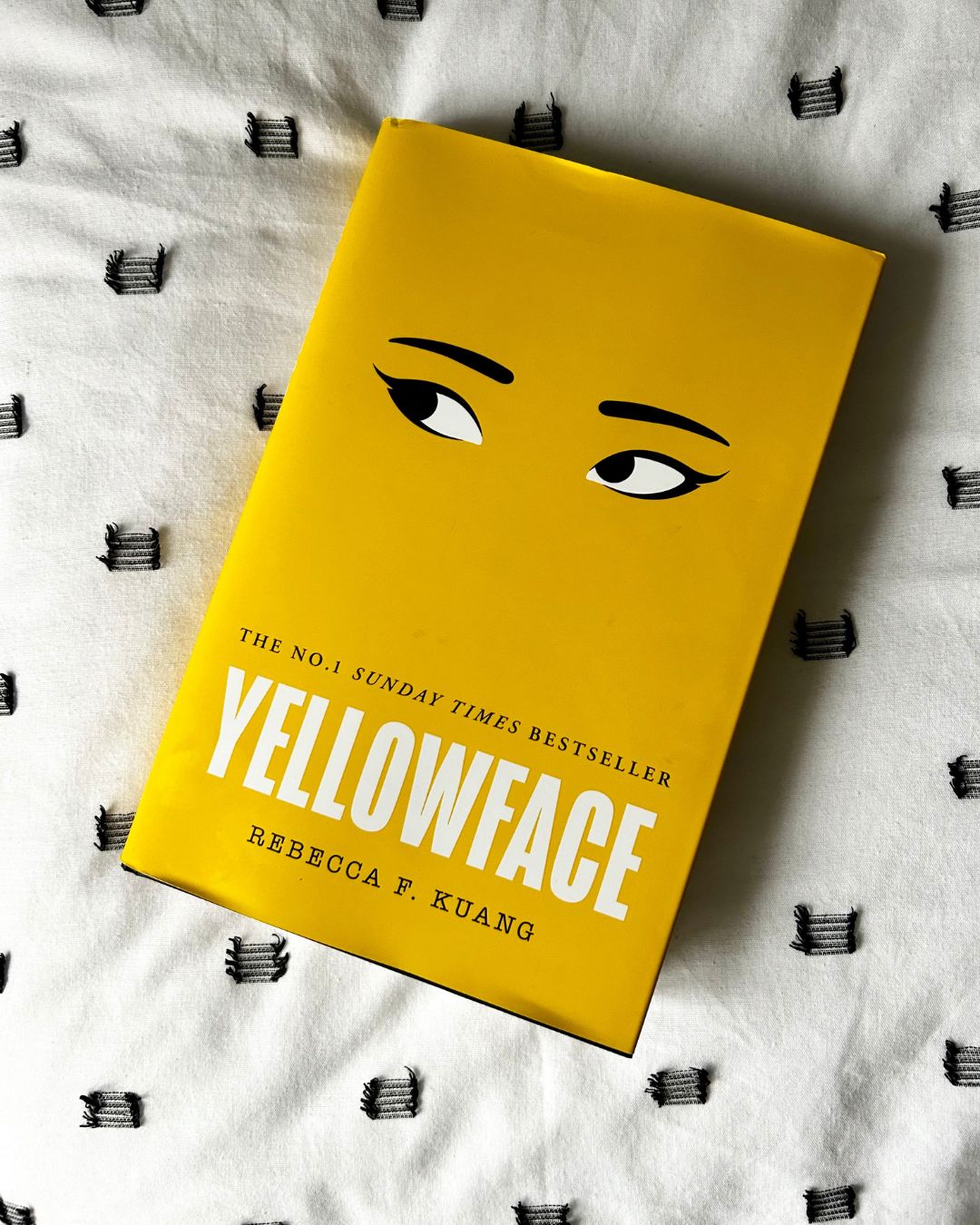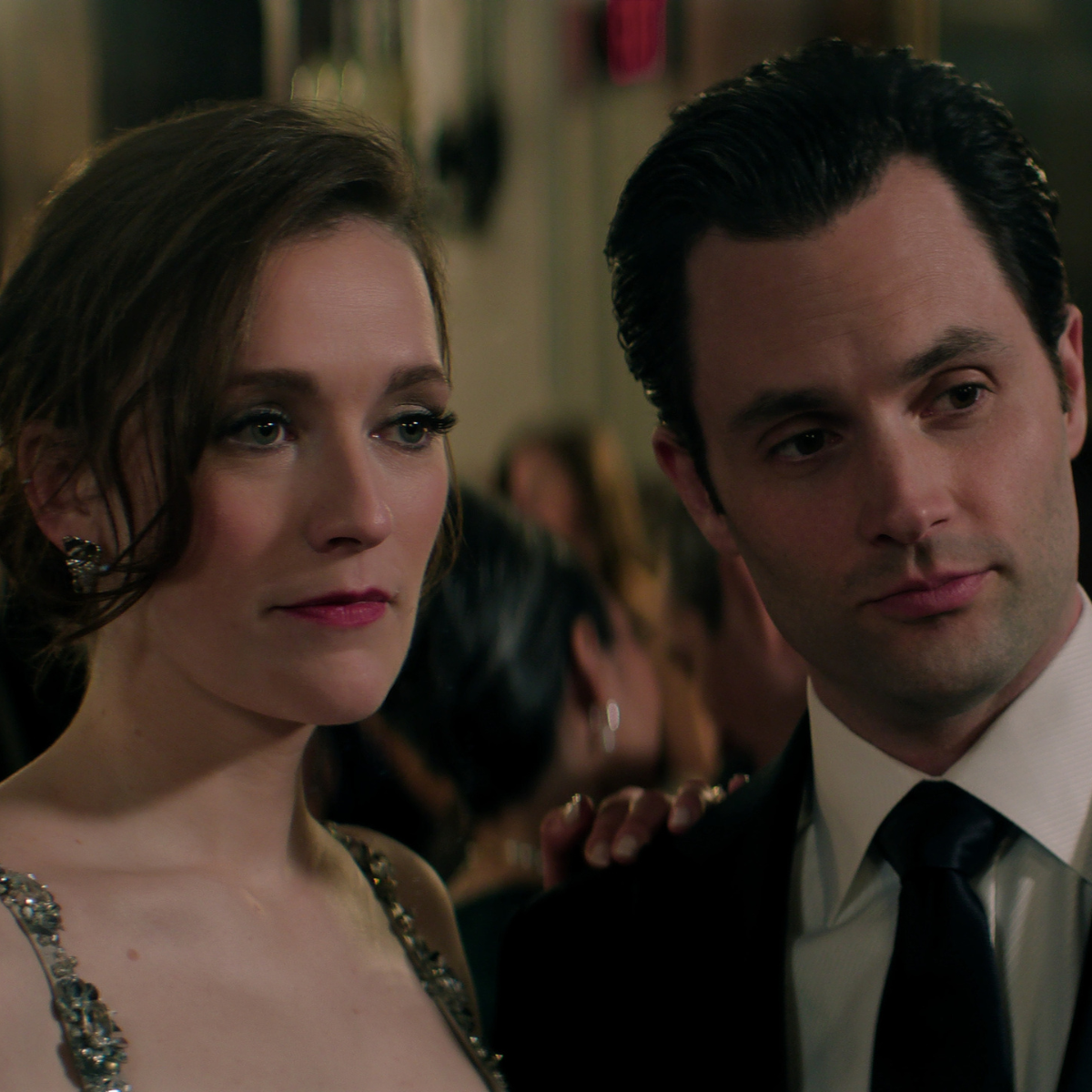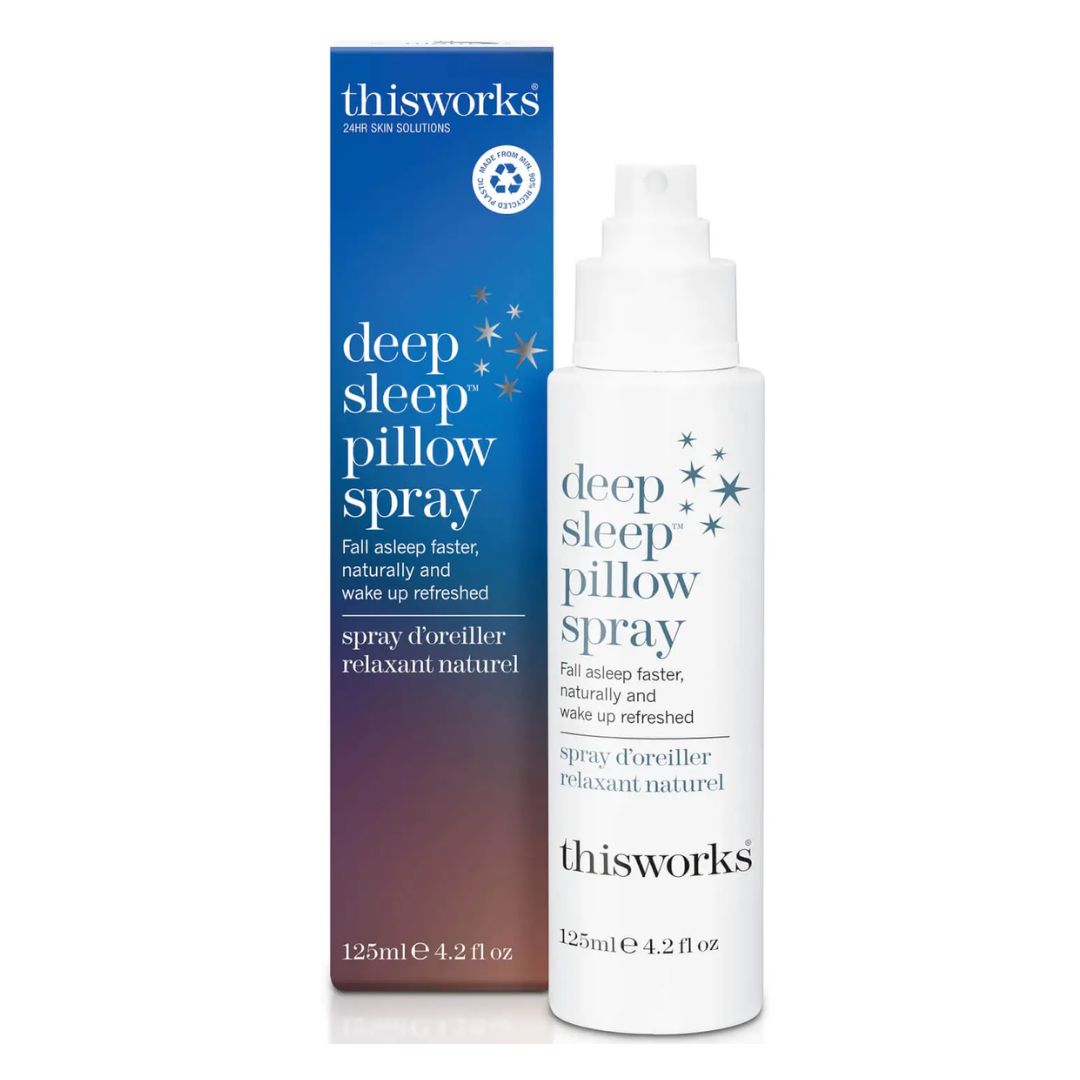I went to a dedicated sleep academy to master the art of ZZZs - here are the sleep techniques I now can't live without
PSA: a better night’s slumber is this way…


Here’s a question for you: when was the last time you woke up feeling refreshed? If you're struggling to remember, I’m with you. And according to a YouGov study, so are one in eight UK adults, who, according to the survey, reported feeling tired all the time - which is where handy sleep techniques that promise to boost your shut eye come in.
Feeling “tired all the time” is now so common that the NHS has its own acronym for it: TATT. Dr Guy Meadows, a sleep specialist with more than 20 years of experience in the industry and co-founder of the Sleep School, believes that feeling TATT all comes down to the simple, no-nonsense fact that the vast majority of normal sleepers aren’t getting enough kip.
He says: “We know that 77% of the UK population currently aren't reaching their biological sleep needs, and the vast majority of that population incur a sleep gap of between one and one-and-a-half hours a night. If you get 30 minutes less sleep the first night and then again on the second night, it builds up, impacting your mental, emotional and physical ability to cope," the expert adds. Workplace stress, health worries and financial stress are just some of the most common reasons cited for sleep deprivation. But Dr Meadows also notes that it could be because some people are actively choosing “to not prioritise” hitting the hay.
While I don’t have insomnia, I do sometimes struggle to get to sleep. That said, I also tend to wake up most days feeling pretty lethargic. It’s believed on average, we spend 27 years of our lives asleep, so we might as well figure out how to do it right — right? That's why, in my quest for a more restful night’s slumber, I called on the experts at Sleep School to find out what sleep techniques I could implement. Here’s everything I discovered — and just where I was going wrong.
Sleep still evading you? You might also be interested in brain tapping for sleep or TikTok’s latest craze: moon breathing which claims to help you drift off. And while you’re here, check out how body scan meditation can help you nod off in minutes, too.
I enrolled at Sleep School - here, I'm sharing the failsafe sleeping techniques I discovered
But first, what is Sleep School and how does it work?
Sleep School was founded by Dr Guy Meadows and Adrian Baxter in 2011 with one very important aim: to help the world live their best lives during the day by sleeping better at night.
Fast forward more than a decade and the launch of an app, and the business has helped more than 300,000 people and 150 global corporates sleep easy.
Marie Claire Newsletter
Celebrity news, beauty, fashion advice, and fascinating features, delivered straight to your inbox!
Through the use of private video clinics, workshops, live webinars, and the app, qualified sleep doctors educate and inform on all your sleeping woes, offering tailor-made and science-backed sleep solutions for insomnia, sleep deprivation, and more.
6 sleeping techniques I learned from Sleep School
Side note: it’s important to note that this is my own Sleep School experience and it’s based on my own personal sleeping habits. What might work for some, may not necessarily work for others — especially if you are suffering from sleeping conditions like insomnia or sleep apnea.
As part of my enrollment at Sleep School, I spoke to Dr Meadows during a private 60-minute video clinic where he asked me questions about my day-to-day habits, how much sleep I get, how much sleep would be the dream and if I suffer from any sleep issues. I also downloaded the Sleep School app to take part in the 30-day Sleep Essentials program. Putting everything he told me into practice over the past seven days, here’s what I learned.
1. Sleep opportunity is everything
Sleep opportunity is the amount of time you need to be in bed in order to get enough sleep. This will defer from person to person, but personally, it can take me anywhere between 15 to 30 minutes to drift off.
According to Dr Meadows, to help you achieve a better sleep efficiency (the ratio between the time you spend asleep and the total time dedicated to sleep), you need to factor in your sleep opportunity time.
As the expert explains: “The average normal sleeper takes about 15 to 20 minutes to fall asleep. They might wake up once a night to go to the toilet, which is perfectly normal. And they might wake up a little bit earlier. So it’s easy to see how a healthy normal sleeper, who needs eight hours, actually needs around nine hours worth of sleep opportunity time.”
Try this: How many hours of sleep would you like to get a night? How long does it take you to fall asleep at night? Consider these points to help you work out how much sleep opportunity time you need.
2. Master the art of the wind-down
Busy days can have an impact on your date with sleep - and as a freelance journalist in front of a screen for at least ten hours a day, boy don’t I know it. With that in mind, Dr Meadows recommends having your wind-down routine on lock.
“The sooner you can come off the devices, the better,” he says. “We're not keeping the phone in the bedroom, and I’d also suggest engaging in parasympathetic dominant exercises. This includes doing things which activate your relaxation system, like gentle stretching, reading a book, gratitude journaling, or prayer.”
Try this: Relaxation techniques like yoga, meditation or journaling could help you wind down from a hectic day. Read how MC UK Senior Health Editor Ally Head got on with sleeping with her phone outside her bedroom for a year, too (spoiler alert: it massively boosted her sleep quality).

Rebecca on a morning walk
3. Your wake-up routine is just as important as your wind-down
Whether it’s a long bath or a ten-minute meditation, there’s no shortage of wind-down routines to help you drift off to dreamland more easily. That's something I try to prioritise, but one thing I’d never really given much thought to is having a wake-up routine. Yes, I get up every other morning and go to the gym. But is there anything else I should be doing?
“We've forgotten how to wake up,” Dr Meadows told me. He stresses that while you might not think it, waking up is a skill. "In the same way that you need a wind-down routine, you need a wake-up routine," he continues.
Try this: Get outside and into the light first thing — natural is best, although if you’re in the UK you’ll know how limited we are with sunlight. If that’s the case, one of the best sunrise alarm clocks, which can also help with seasonal affective disorder, should do the trick. Eating a satiating breakfast, exercising (try morning yoga), and — if you’re brave enough — having a 30-second cold water immersion can also help.
4. Dimming your lights will work wonders
TikTok scrollers and late-night laptop workers: look away now. As multiple studies have found, including one published in the Somnologie journal, “light at the wrong time may disrupt circadian rhythms and sleep”. Dr Meadows’ advice? Make your environment as dark as possible.
“You want to make sure that at least 30 minutes — if not two hours — before going to bed, you are reducing the amount of light in your environment,” the experts say. This includes blue light too.
Try this: Down an app like f. lux which makes the colour of your computer's display adapt to the time of day — it will be warm at night and like sunlight during the day.
5. Be mindful of your food intake two to four hours before bed
Now it’s no secret that intermittent fasting can come with a myriad of health benefits. That said, a new 2023 study concluded that limiting your daily eating window to ten hours (instead of the much-publicised twelve) and then fasting for the remaining fourteen can help with improved energy levels, mood and sleep.
“Sleep and digestion are not friends,” Dr Meadows says. But how come? “When you're digesting food, it’s a metabolic process that creates a lot of heat,” the expert goes on. “One of the ways in which we fall asleep is a one-degree drop in our core body temperature."
Not to mention, your gut has its own internal clock. "If you're eating [close to your bedtime], you're telling your master clock that it still needs to be awake," the expert stresses.

Reading before bed, part of my new wind-down routine
6. A consistent sleep schedule is key
If, like me, you’re looking to improve your circadian rhythm, then having a pretty consistent sleep schedule seven days a week is crucial. “One of the reasons why a lot of people feel tired is because they keep irregular timing during the week and weekends,” Dr Meadows recalls, which he explains can result in “social jetlag”. This is effectively like suffering from jetlag, except it’s caused by our social activities.
“With social jetlag, we see insomnia, nausea, brain fog, and lethargy — all the symptoms that occur when you travel across a time zone. Except, this time, you haven't. You’ve just confused your internal body clock by keeping irregular timing between the week and the weekend,” the expert notes.
Try this: Are you a morning person? Or evening? Whatever it may be, stick to your body’s natural wake-sleep schedule and try to do so on weekdays and weekends.
My final thoughts?
Perhaps the most crucial thing I’ve learned over the course of a week is that prioritising sleep is a necessity. Admittedly, that's easier said than done. But there are a range of small and simple sleep habits you can implement into your routine to unlock a dreamier night's slumber.
For example, calling it a night 20 to 30 minutes earlier than I would usually means I’ve got time to read and doing so gives my brain and body a chance to wind down slowly. I could say the same for dimming bright bulbs in my environment and dulling my computer screen, which ultimately tells my internal body clock that sleep is calling.
On the flip side, putting in place a strong wake-up routine means I’m starting the day feeling a tiny bit more energised than usual.
As Dr Meadows concludes: “It's a slow, gentle and compassionate process. But by taking these small moments out during the day, you are helping to take the pressure off the nighttime”.
Shop MC UK's sleep essentials now

Loved by celebrities and beauty editors, this innovative silk mask shape, which is delicate on your face and hair, blocks out 100% of light, while the heavenly padded lining cushions your eyes. Super comfortable and super stylish.

These adorable turtle-print pyjamas are listed in our guide to the best pyjamas sets — and it’s easy to 'sea' why. Eye-catching, soft and better yet: each product sale protects an estimated 100 turtle hatchlings. How good!
What is the 10 3 2 1 0 sleep rule?
There’s no shortage of sleep hacks to try and the 10-3-2-1-0 rule is another example of this. Simply put, each number relates to the amount of hours so the easy-to-remember sleep routine therefore comprises five steps in total.
This means ten hours before bed, you should be mindful of your caffeine consumption, three hours before bed, mindful of what food or alcohol you're opting for, and two hours before bed, switch off from work. With one hour to go, switch off the screens for the best night's sleep. And... zzz.

Rebecca, or Becks, is a freelance journalist with more than ten years of experience in the industry. She specialises in all things health and lifestyle and has written for a number of brands including Women's Health, Stylist, the Evening Standard, Good Housekeeping, The Telegraph, Live Science, Tom's Guide and Fit&Well. Becks also writes copy for a number of brands and small businesses.
When she's not weight training, tracking down the best gym leggings, reading a book or at her desk typing away, you'll find her in the kitchen perfecting a new recipe or bake.
-
 How the slogan t-shirt became this season's must-have - and why it's more than just another trend
How the slogan t-shirt became this season's must-have - and why it's more than just another trendNot just another Nineties throwback
By Clementina Jackson
-
 How are Trump’s tariffs affecting the fashion industry?
How are Trump’s tariffs affecting the fashion industry?The fluctuating situation in the US is having very real consequences
By Rebecca Jane Hill
-
 Here's every character returning for You season 5 - and what it might mean for Joe Goldberg's ending
Here's every character returning for You season 5 - and what it might mean for Joe Goldberg's endingBy Iris Goldsztajn
